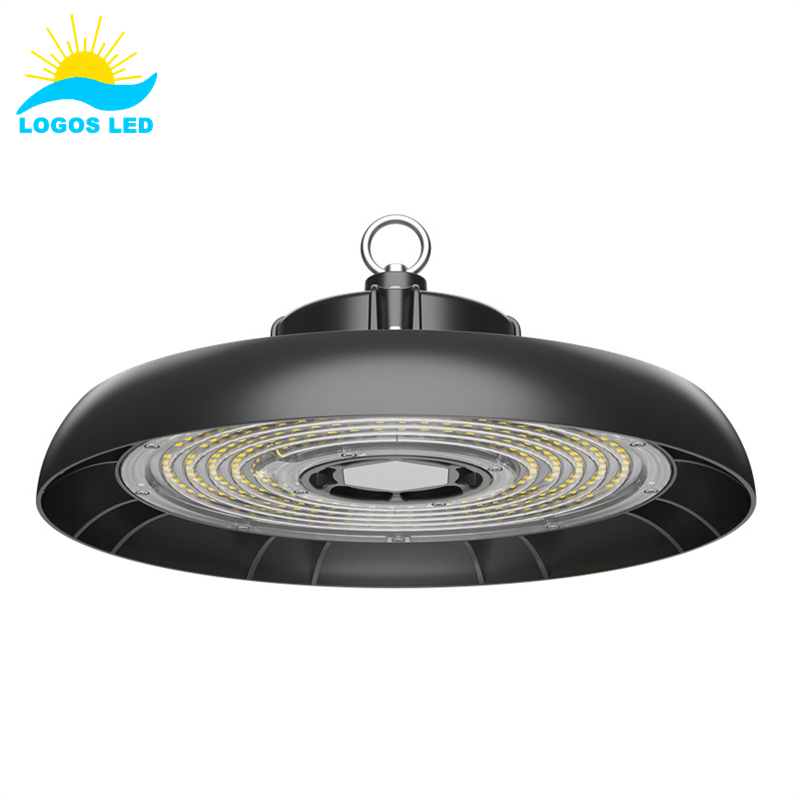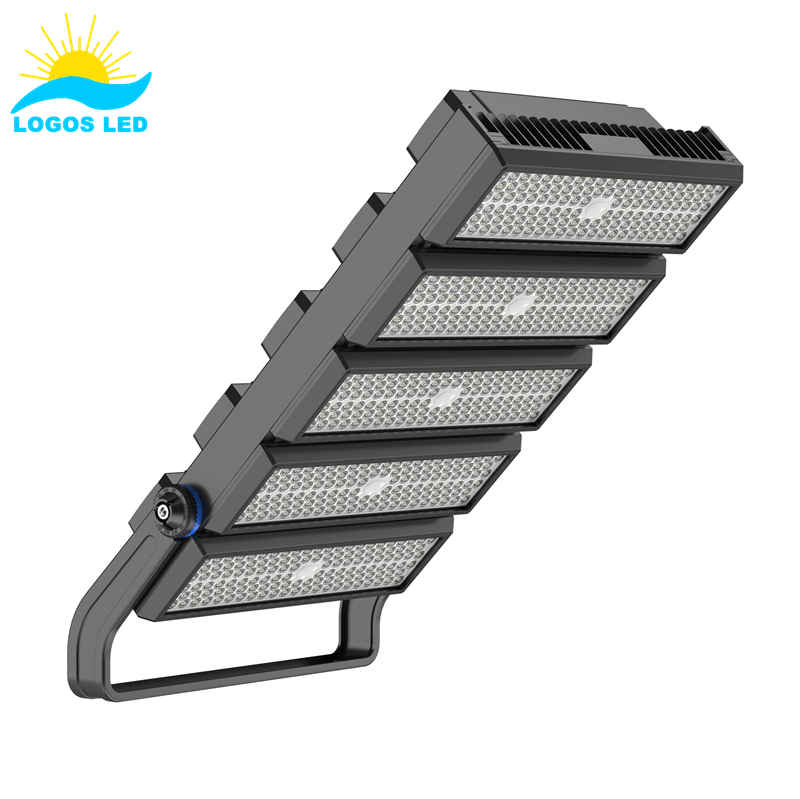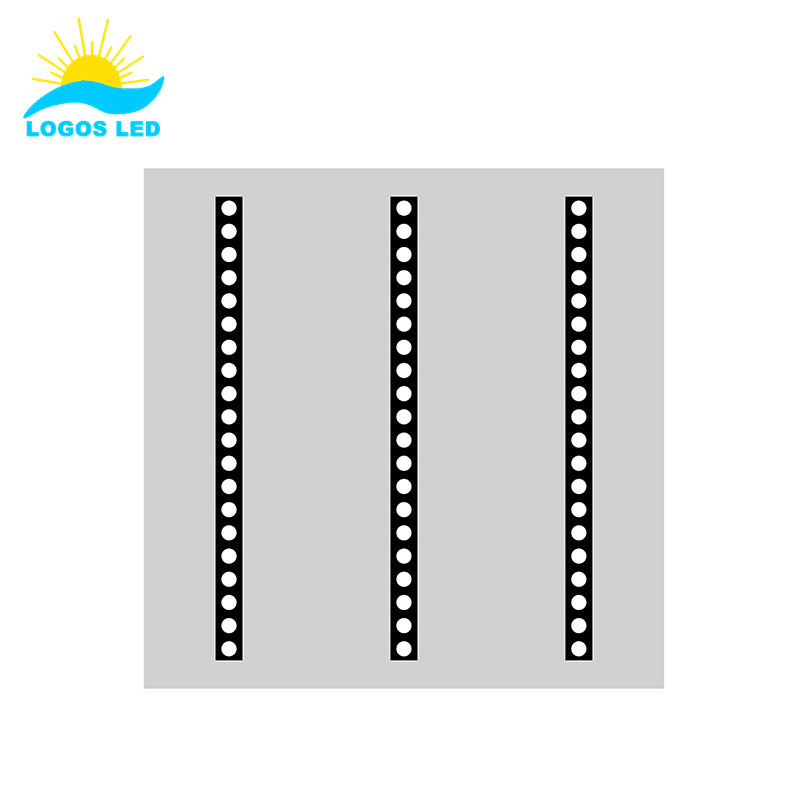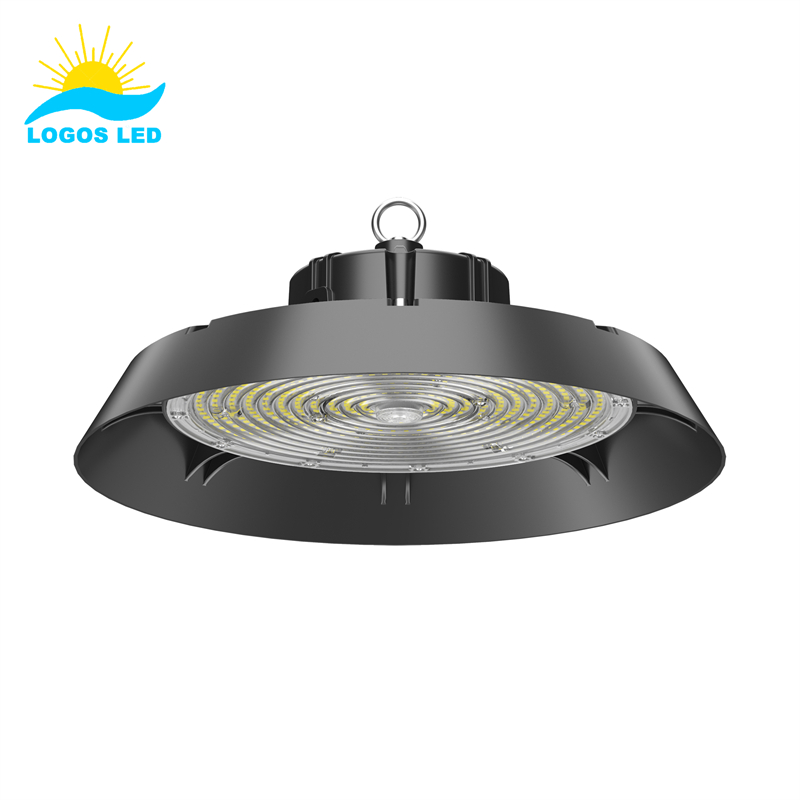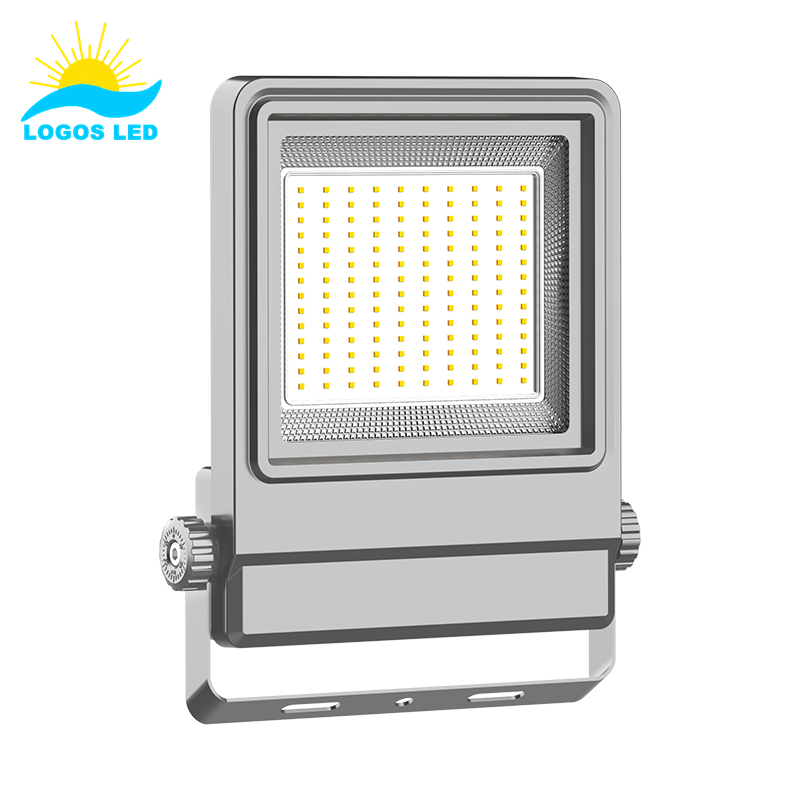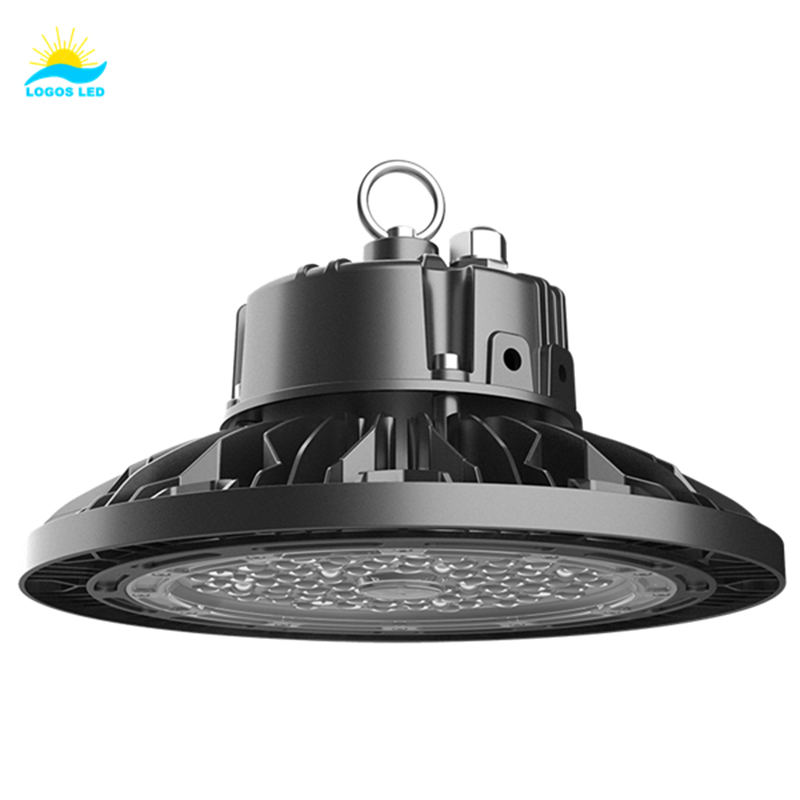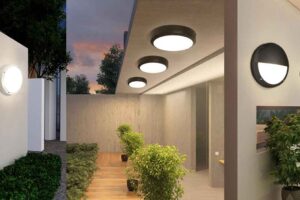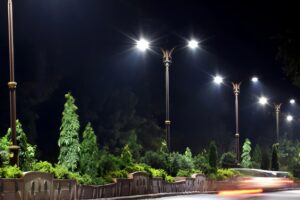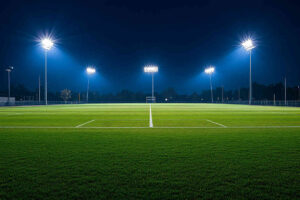Wasting energy on inefficient LED lighting increases costs and lowers performance. Poor luminous efficiency leads to higher electricity bills and more frequent replacements. To optimize energy savings and brightness, improving LED efficiency is essential.
Improving LED efficiency involves optimizing key components to reduce energy waste and enhance performance. Strategies include using high-efficiency drivers, selecting quality LED chips with better lumens per watt, increasing the number of chips for better output, optimizing heatsinks for effective cooling, and using high-transmittance optics and reflective films to reduce light loss. A well-designed system ensures efficient wiring, proper voltage regulation, and optimal fixture placement, ultimately lowering energy costs and extending the LED lifespan.
If you want to maximize the brightness and longevity of LED lights while reducing operational costs, understanding how to improve luminous efficiency is crucial.
Table of Contents
What is the maximum efficacy of LED?
The maximum efficacy of an LED refers to how efficiently it converts electrical energy into visible light, measured in lumens per watt (lm/W). Currently, commercially available LEDs achieve 200–220 lm/W, while laboratory prototypes have reached over 300 lm/W. The theoretical maximum efficacy of an ideal white LED is around 350 lm/W, based on the physics of light emission and energy conversion. Factors like heat dissipation, driver efficiency, and optical losses affect real-world performance. As LED technology advances, higher efficacy levels will improve energy savings and sustainability.
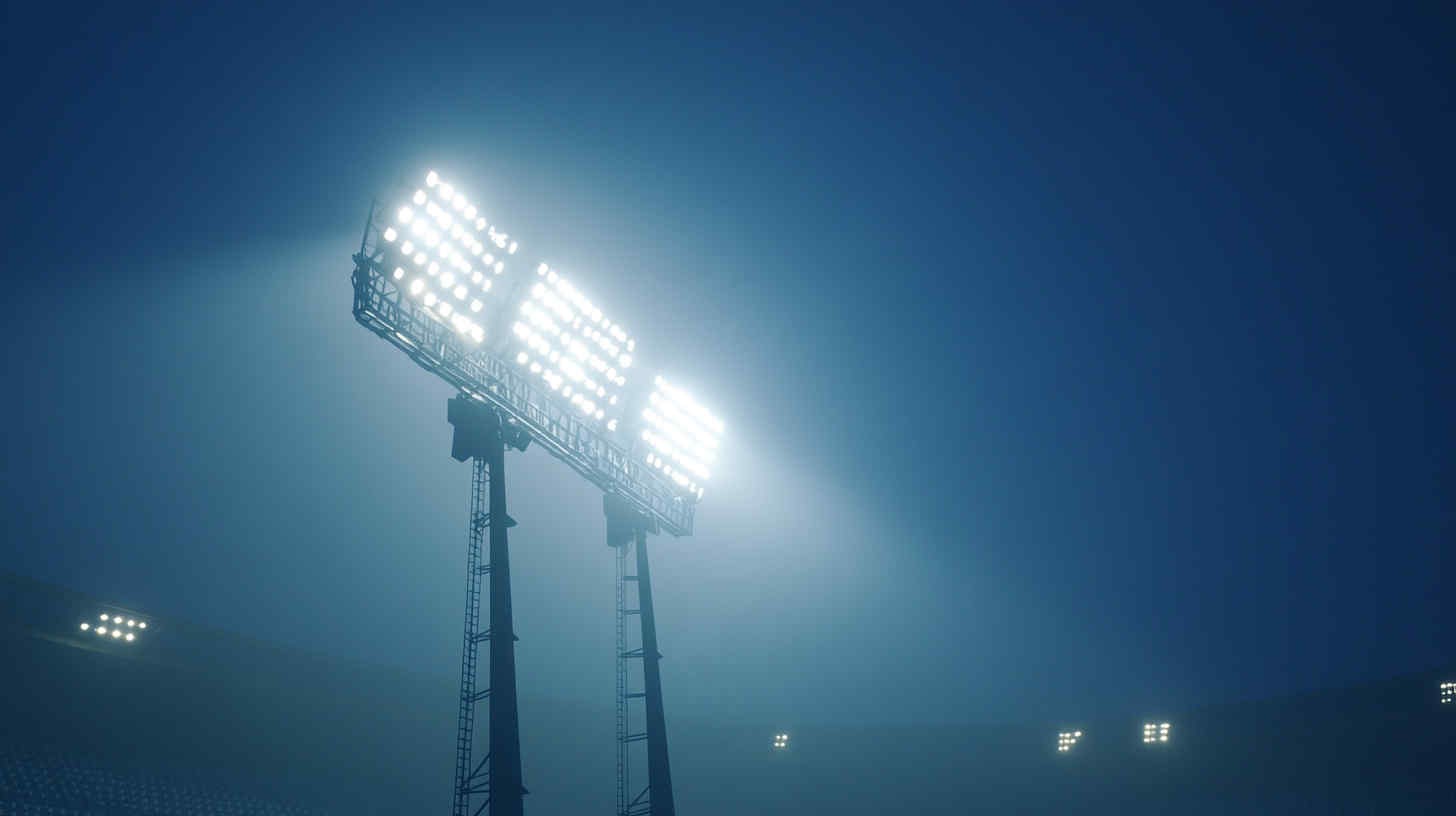
What is the Difference Between Luminous Flux and Luminous Efficiency?
Luminous flux and luminous efficiency1 are both important concepts in lighting, but they refer to different aspects of light.
- Luminous Flux is the total amount of light emitted by a source, measured in lumens (lm). It quantifies the brightness of the light visible to the human eye, regardless of how much energy is used to produce it.
- Luminous Efficiency refers to how effectively a light source converts electrical energy into visible light, measured in lumens per watt (lm/W). It expresses the efficiency of a lighting device in terms of energy consumption versus brightness.
In summary, luminous flux measures light output, while luminous efficiency measures how efficiently energy is converted into light.
Practical Ways to Improve LED Lights Efficiency
Enhancing the efficiency of LED lights involves optimizing key components to reduce energy loss and maximize light output. By improving various elements such as drivers, LED chips, optics, and system design, you can significantly enhance performance while cutting energy costs. Here are the most effective strategies for improving LED lighting efficiency:
1. Use Higher Driver Efficiency
The LED driver plays a crucial role in regulating power supply to the LED chips. A high-efficiency driver ensures that minimal energy is lost in the conversion process. Look for LED drivers with power factors above 0.9 and efficiency ratings of 90% or higher to reduce power wastage and improve overall lighting performance.
2. Choose High-Efficiency LED Chips
LED efficiency2 is measured in lumens per watt (lm/W), which determines how much visible light is produced for each unit of power consumed. High-quality LED chips with efficiency ratings of 200–220 lm/W provide brighter illumination while using less energy. Using advanced LED chips with higher efficacy helps reduce operating costs and energy consumption.
3. Increase LED Chip Quantity
Increasing the number of LED chips within a fixture can distribute the workload, leading to better light output and higher efficiency. Instead of overdriving a small number of LEDs, which generates excessive heat and reduces efficiency, a well-balanced design with more LED chips at lower individual power levels can achieve better overall performance.
4. Optimize Heatsink Design
Heat management is critical to LED longevity and efficiency. Excessive heat reduces LED lifespan and lowers light output over time. A well-designed heatsink made from high-quality aluminum or copper with superior thermal conductivity helps dissipate heat efficiently. Improved airflow and larger surface areas further enhance cooling performance, keeping LEDs at optimal operating temperatures.
5. Choose High-Transmittance Optics
Light transmittance refers to how much emitted light successfully reaches the intended surface. High-transmittance optics, such as anti-reflective coated lenses and high-quality optical diffusers, minimize light loss and ensure better light distribution. Selecting optics with transmittance levels above 90% allows more light to reach its target, enhancing overall efficiency.
6. Apply Reflective Films
Applying reflective coatings or films inside fixtures can redirect stray light, ensuring more illumination reaches the usable area. High-reflectivity materials, such as aluminum reflectors or nano-coating films, can increase total luminous output without additional energy consumption. This technique is particularly useful for LED panel lights, floodlights, and down light fixtures.
7. Optimize System Design
A well-planned LED lighting system minimizes energy losses and ensures optimal light distribution. Key factors include:
– Proper voltage regulation to prevent unnecessary power loss.
– Correct fixture placement to eliminate over-lighting or uneven illumination.
– High-quality wiring and connections to reduce resistance and power loss.
– Smart lighting controls, such as motion sensors and dimmers, to optimize energy usage.
Improving LED light efficiency requires a combination of high-quality components, effective heat management, and smart design choices. By using efficient drivers, high-efficacy LED chips, optimized optics, and better thermal management, you can significantly reduce energy costs while extending the lifespan of your lighting system. Investing in the right technology and design ensures maximum efficiency and long-term performance.
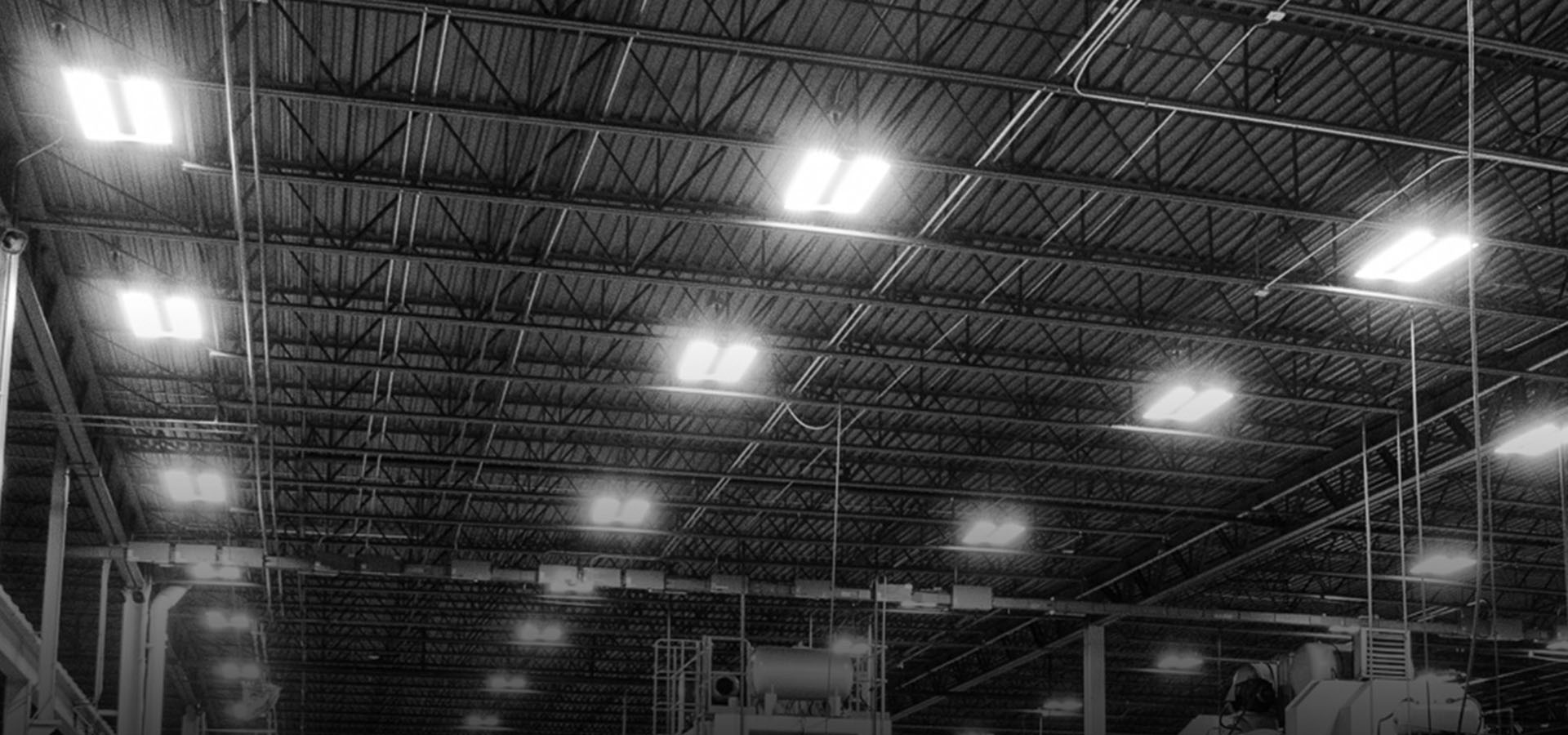
Why Are LED Lights More Energy Efficient?
LED lights are far more energy efficient than traditional lighting technologies due to their advanced design, superior performance, and minimal energy waste. Unlike incandescent and fluorescent bulbs, which convert a significant portion of electricity into heat, LEDs maximize visible light output, leading to lower power consumption and longer operational life. Below are the key reasons why LED lights are the most energy-efficient lighting option available today.
1. Higher Luminous Efficiency
Luminous efficiency refers to how effectively a light source converts electrical power into visible light, measured in lumens per watt (lm/W). Traditional incandescent bulbs produce only 10–15 lumens per watt, while fluorescent lights offer 50–100 lumens per watt. In contrast, modern LED technology achieves efficiencies exceeding 200 lumens per watt, significantly reducing the energy required to achieve the same brightness levels. This means LEDs produce more light using less power, lowering electricity consumption and operational costs.
2. Lower Heat Generation
One of the biggest energy losses in traditional lighting systems is heat generation. Incandescent and halogen bulbs convert up to 90 percent of their energy into heat, making them highly inefficient. LEDs, on the other hand, operate at much lower temperatures, as they convert most of their energy directly into light rather than heat. This not only improves energy efficiency but also reduces cooling costs in environments where excessive heat buildup is a concern, such as industrial spaces and offices.
3. Directional Lighting
LEDs emit light in a specific direction, unlike traditional bulbs that radiate light in all directions, requiring reflectors or diffusers to control illumination. This focused nature of LED lighting ensures that more light is directed where it is needed, minimizing wasted energy and improving the overall effectiveness of the lighting system. In contrast, incandescent and CFL bulbs lose a significant amount of light within fixtures, reducing their efficiency.
4. Advanced Driver Technology
LED lights use electronic drivers that regulate the power supply with high efficiency. Unlike traditional ballasts or transformers used in fluorescent and incandescent lighting, LED drivers reduce power losses and maintain stable voltage. This results in more consistent performance, longer lifespan, and optimized energy use, making LEDs ideal for high-performance applications such as industrial and commercial lighting.
5. Dimmability and Smart Controls
LED lighting systems are highly adaptable and can integrate with dimmable controls, motion sensors, and daylight harvesting systems to further enhance energy efficiency. Dimmable LEDs allow users to adjust brightness based on activity levels, reducing unnecessary energy consumption. Motion sensors ensure that lights only operate when needed, especially in offices, warehouses, and outdoor spaces, preventing unnecessary power usage.
6. Long Lifespan
One of the most significant advantages of LED lighting is its exceptionally long lifespan, often exceeding 50,000 to 100,000 hours of operation. This is far superior to incandescent bulbs, which last only around 1,000 hours, and fluorescent bulbs, which last 8,000–15,000 hours. Fewer replacements mean reduced material waste, lower maintenance costs, and improved energy efficiency over time, making LEDs the most sustainable lighting option.
7. No Warm-Up Time
Unlike compact fluorescent lamps (CFLs) that take several seconds to reach full brightness, LEDs provide instant illumination at full efficiency. This immediate response not only improves convenience but also prevents unnecessary energy waste caused by prolonged warm-up times. Instant-on lighting is especially beneficial for applications such as security lights, emergency lighting, and motion-activated outdoor fixtures.
LED lights are the most energy-efficient lighting solution due to their high luminous efficiency, minimal heat generation, focused light output, advanced power regulation, and long lifespan. By using less power to produce more light, LEDs significantly reduce electricity costs while providing superior performance. Their compatibility with smart lighting controls and dimmable options further enhances energy savings, making them an ideal choice for homes, businesses, and industrial applications.
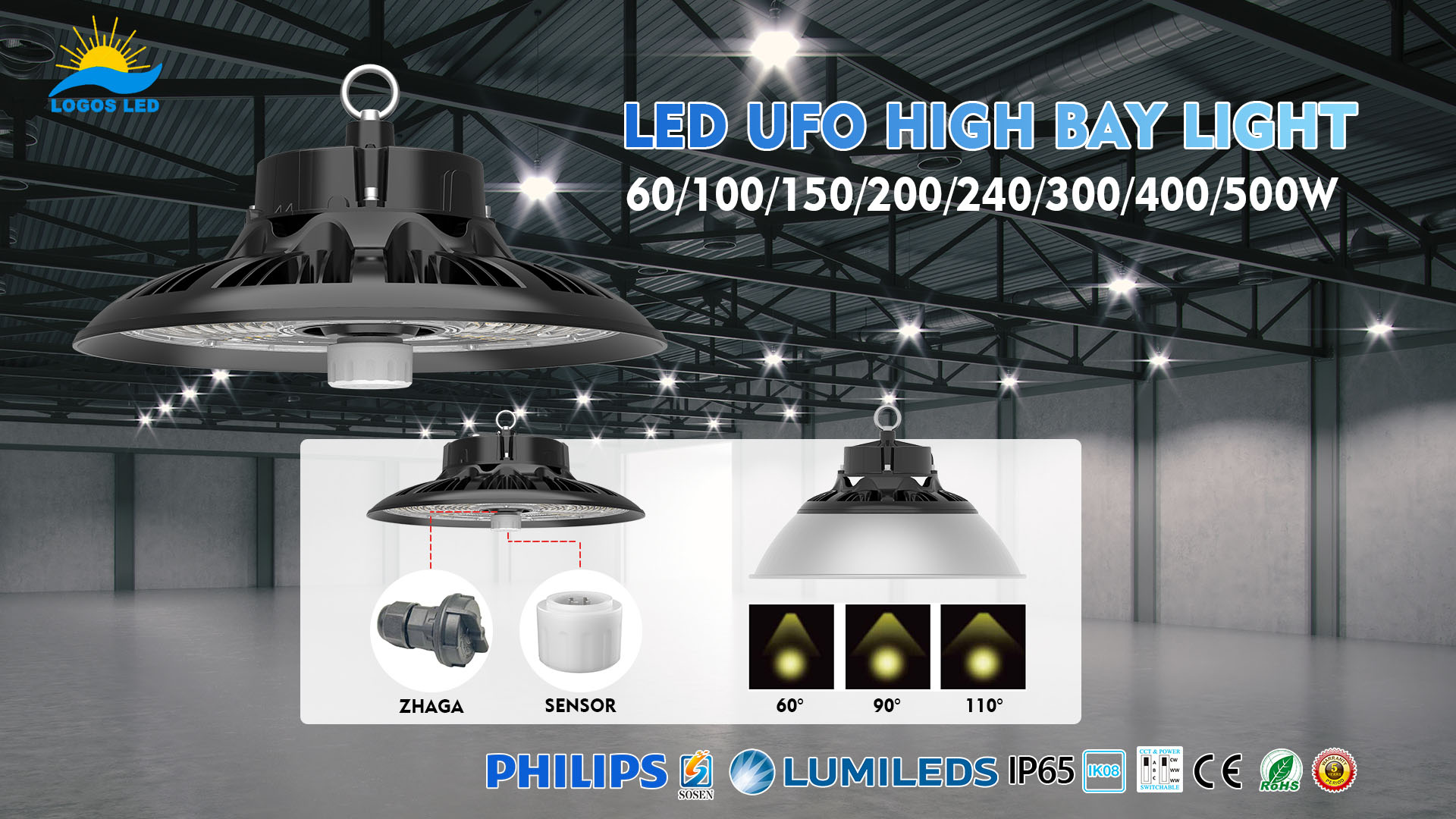
Conclusions
Improving LED efficiency not only cuts energy costs but also extends the lifespan of LED fixtures. By optimizing drivers, chips, heat dissipation, and optics, you can achieve higher luminous efficacy (lm/W) and better lighting performance.
Want to maximize your LED lighting efficiency? Contact us today to explore our high-efficiency LED solutions!
Request A Free Quote Now!
Send us a message if you have any questions or request a quote. We will get back to you ASAP!



